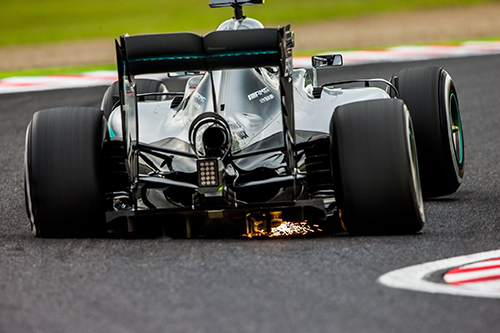You make some very good points here. I have not heard this vaunted "authority" claimed for high powered amps compared to good quality lower powered ones...as long as both amps are running below clipping. This is an audio myth IMO. If a speaker is cruising at < 5 watts with peaks to 20 watts, then a good 50 or 60 watt SET (an expensive proposition to be sure) will have ample head room to deliver those peaks without sounding stressed.
I also agree that hte power supply is of key importance in making sure the amplifier is delivering as it should regardless of demands...as long as it does not exceed its absolute demands. I have seen this also with preamps where a highly regulated preamp will deliver more precise sound with more "balls" than other preamps...despite the argument that not much current is needed to be delivered.
I have had a number of experiences where the low powered amp sounded at least as powerful as the "beast" amp. The best example was a KR VA350i on an Acapella Violon speaker where it sounded far powerful and authoritative (especially in the bass surprisingly) than a 225 watt Electrocompaniet amp, which totally thinned out the bass...we were shocked. I have also heard a 30 watt PP Class A tube amp out muscle 130 watt Class AB tube monos on the Thiel CS3.7...another shock.
This could very well be mission statement behind the vast weight of the Aries Cerat Lineup in one area.
If it is one question I get more than anything is why the weight? 120lbs in a DAC is overkiill, 300lbs for 65W why?, etc
Somehow the mainstream design is that because you make a low powered tube amp means you have to power/input stage to match. Less complexity can attribute to better sound but I have yet to see a benchmark of what is enough for said Wattage output.
....and then of course he does add another 30lb to give plenty of reserve for peaks and transients







